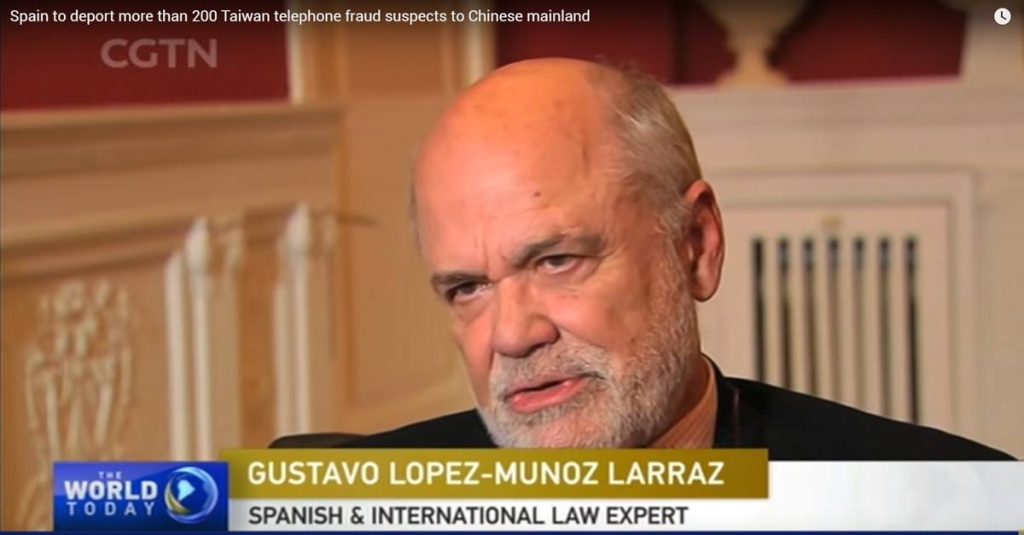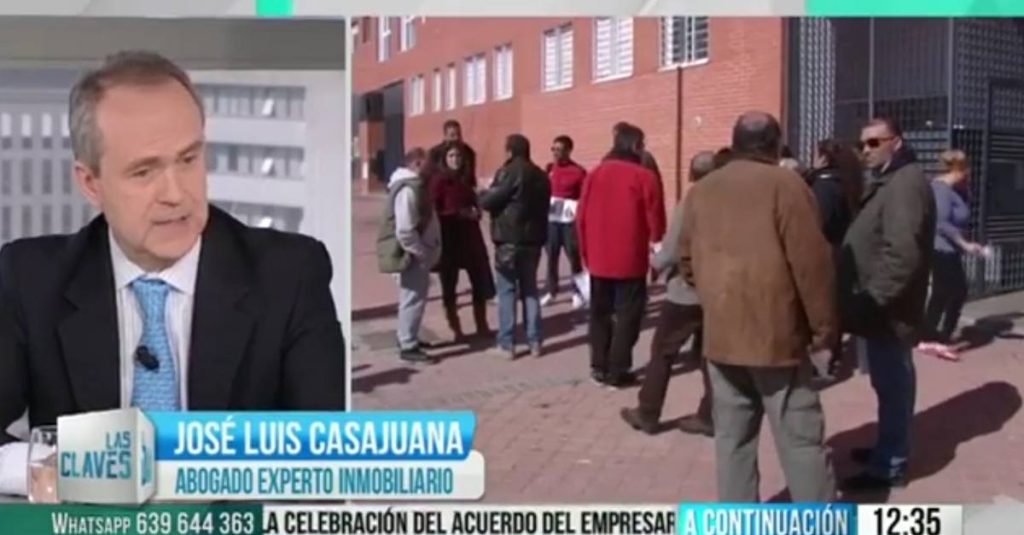How do I get my property back?

We considered the defense of the owner of a property that sees the possession of their properties threatened. The typical case is the one known as the “squatter movement” that promotes the illegitimate occupation of homes.
But there are other cases in which land is also occupied by someone who is not the owner nor does he have authorization to use the property. In some situations, the occupant acts in good faith, under the belief that the occupied space belongs to him. And even on other occasions only part of the property is occupied.
Our Law protects the owner who finds himself illegitimately dispossessed. The Right to Property is regulated and protected in article 33 of the Spanish Constitution and in arts. 348 and following of the Civil Code.
The solution is to file a lawsuit requesting the “compensatory action”. Through this action, under the protection of art. 348 CC., the return of possession of the occupied area and the declaration that said area belongs to the rightful owner must be requested.
When the claimed area is not perfectly delimited, it will be necessary to jointly file a “demarcation action”. We analyze both actions below.
Action for the return of a property
The Supreme Court has repeated the necessary requirements for a claim of this nature to prosper (SSTS of March 28, 1996, April 1996 or March 13, 2002):
“A claim action requires, as is well known, proof of ownership, identification of the property and proof that the thing claimed is owned by the defendant without title or with title of inferior category to that held by the plaintiff…”
We are going to analyze below the requirements demanded by the courts for this claim to succeed:
(I) Owner’s Title
As we know, the title is that document that accredits ownership of an asset. It is the job of the lawyer to guide the client in the documentation that he needs to collect. It is obvious that the property title will be the sales contract when the property was purchased, but it is not always so obvious when the acquisition has occurred by other means, such as hereditary succession.
Proving ownership is easier when the title is registered in the Property Registry, since the registry data enjoys a presumption of veracity as we explain in greater detail in our article Proprietary presumption of title registered in the registry
(II) Untitled possession of the claimed area
It is necessary to prove to the court that the dwelling or property in question is occupied by someone without just title.
In any case, having presented the document proving the title of the owner who claims the return of his possessions, the burden of proof is transferred to the other party, which means that the presumes the veracity of what is alleged by the claimant.
(III) Perfect identification of the claimed surface
The claim action requires that the claimed area be perfectly delimited. If there are doubts about the limits of the property or its boundaries, the dividing lines of the property must be previously determined by the Court, so that the claimed area is perfectly identified.
To apply to the court for the prior delimitation of the property, the “demarcation action” must be filed in the lawsuit and present the appropriate expert evidence when the delimitation of the boundaries is not obvious.
The Provincial Court of Murcia in Judgment no. 22/2001 of January 23 underlines the importance of the technical-expert evidentiary procedure in order to clarify and correct certain doubts that may arise when determining and delimiting pieces and plots of land. In this sense the Judgment of the Provincial Court of Alicante no. 96/2005 of February 23 brings up the importance and foundation of the pertinent probative expert assessment, which at the same time serves to clarify data that does not reveal reality as it is for registration purposes.
Demarcation action to determine the boundaries of a property
The courts demand as an essential requirement for the compensation action “the unequivocal identification of the property in such a way that there are no rational doubts about which one it is” (SSTS of October 31, 1983; and January 26, May 18, 1985 or January 24, 2003) adding that such requirement has a double aspect; on the one hand, to establish clearly and precisely the location, size and boundaries of the farm, on the other, to prove that the claimed land is the one to which the first aspect of the identification refers (SSTS 9 of June 1982; December 22, 1983 or February 25, 1984).
The demarcation action, aimed at obtaining the individualization of the land whose boundaries are confused with those of the neighboring properties, constitutes in our legal system an inseparable faculty of the property that is granted to their respective owners. Therefore, the article 1965 of the Civil Code configures the demarcation action as imprescriptible.
Every owner has the right to delimit his property , with a summons from the owners of the adjoining properties. More precisely, article 2061.1 of the Royal Decree of February 3, 1881, which is still in force, establishes that “Not only the owner of the land can request the demarcation and demarcation of land, but also the one who has established some real right for your use and enjoyment.”
In accordance with the provisions of articles 385 to 387 of the CC, in the realization of the right to demarcation, the rights of the parties over the strips of land in contention will have to be resolved according to the following criteria:
- As determined by property titles (art. 385 CC). If the adjoining titles indicate a larger or smaller space than the totality of the land, the increase or lack will be distributed proportionally (art. 387 CC).
- In the absence of a title, for what results from the possession in which the adjoining ones are (art. 385 CC).
- If it is not possible to delimit the perimeter according to the previous sections, it is worth evaluating any other means of proof (art. 386 CC).
- If the demarcation cannot be determined following the previous criteria, it will be done by distributing the land that is the subject of the dispute in equal parts (art. 386 CC).
In the order of criteria established by the Civil Code, to resolve the demarcation conflict, priority is therefore given to the content of domain titles over the rest of the probative elements, which are relegated to a subsidiary nature. Only if the title is considered insufficient will the rest of the provisions contained in the Civil Code be addressed.
The Supreme Court in the Judgment of November 29, 2011 expressly requires submission to the content of the property title, as the main element to be taken into account to carry out the demarcation:
“…such an action must be considered implicitly dismissed as soon as the plaintiff has not at any time interested in the practice of demarcation in accordance with the criteria indicated in articles 385 to 387 of the Civil Code , in which it appears as the main the content of the titles…
(…)
The reason is rejected. In the first place, because (…), in addition to dispensing with the content of the property titles -as the first element to take into account in the demarcation- to resort to the fact of possession”



















